Unexpected Discovery of Water Frost Found on Mars Volcanoes
The equatorial region of Mars hosts the tallest volcanoes in the solar system. These massive structures, some towering up to three times the height of Mount Everest, may conceal a surprising icy feature, a new study reveals.
The largest of these, Olympus Mons, rises 16 miles (26 kilometers) high and spans 374 miles (602 kilometers) in diameter, making it roughly 100 times the size of Mauna Loa, Earth’s biggest volcano in Hawaii. NASA notes that the entire Hawaiian islands chain could fit within Olympus Mons.
Enormous Volcanoes
These colossal volcanoes feature large calderas—bowl-shaped depressions formed by the collapse of the volcano’s summit following an eruption.

Source: NASA, Wikimedia
The expansive calderas, some as wide as 75 miles (121 kilometers), create a unique microclimate.
Cameras Captured Frost
Using cameras on Mars orbiters, researchers have observed morning frost inside these calderas for the first time.

Source: Wirestock, Freepik
“The deposits are forming on the caldera floor, but we also see a bit of frost on its rim. We also confirmed that it’s ice and likely water,” explained Adomas Valantinas, a postdoctoral researcher at Brown University, who led the study as a doctoral student at the University of Bern, Switzerland.
Water Present on Mars
“This is significant because it shows us that Mars is a dynamic planet, but also that water can be found almost everywhere on the Martian surface,” Valantinas added.

Source: Freepik
The research team, comprising over two dozen scientists, identified frost on four volcanoes: Arsia Mons, Ascraeus Mons, Ceraunius Tholus, and Olympus Mons, as detailed in their study published in Nature Geoscience.
Equivalent to 60 Olympic Swimming Pools
Although the frost deposits are extremely thin—only one-hundredth of a millimeter thick, or one-sixth the thickness of a human hair—they cover a large area, amounting to about 150,000 metric tons of water ice, equivalent to 60 Olympic swimming pools.

Source: Freepik
To detect these deposits, the team analyzed approximately 5,000 images taken by CaSSIS, the University of Bern’s high-definition camera aboard the ExoMars Trace Gas Orbiter, launched in 2016 by the European Space Agency and the Russian space agency Roscosmos.
Important Disvoery from CaSSIS
This discovery marks the first significant finding from CaSSIS.
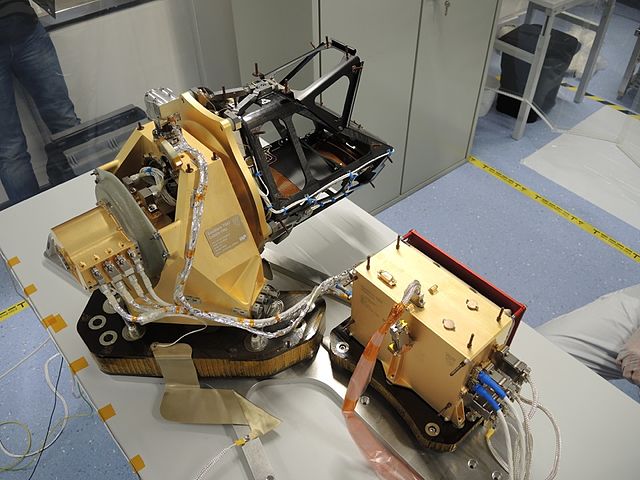
Source: Nicolas Thomas, Wikimedia
The team confirmed their findings with two other instruments: NOMAD, a spectrometer on the Trace Gas Orbiter, and HRSC, a high-resolution stereo camera on the ESA Mars Express orbiter launched in 2003.
Serendipitous Discovery
Valantinas noted the serendipity of the discovery, as he initially sought carbon dioxide frost but found none.
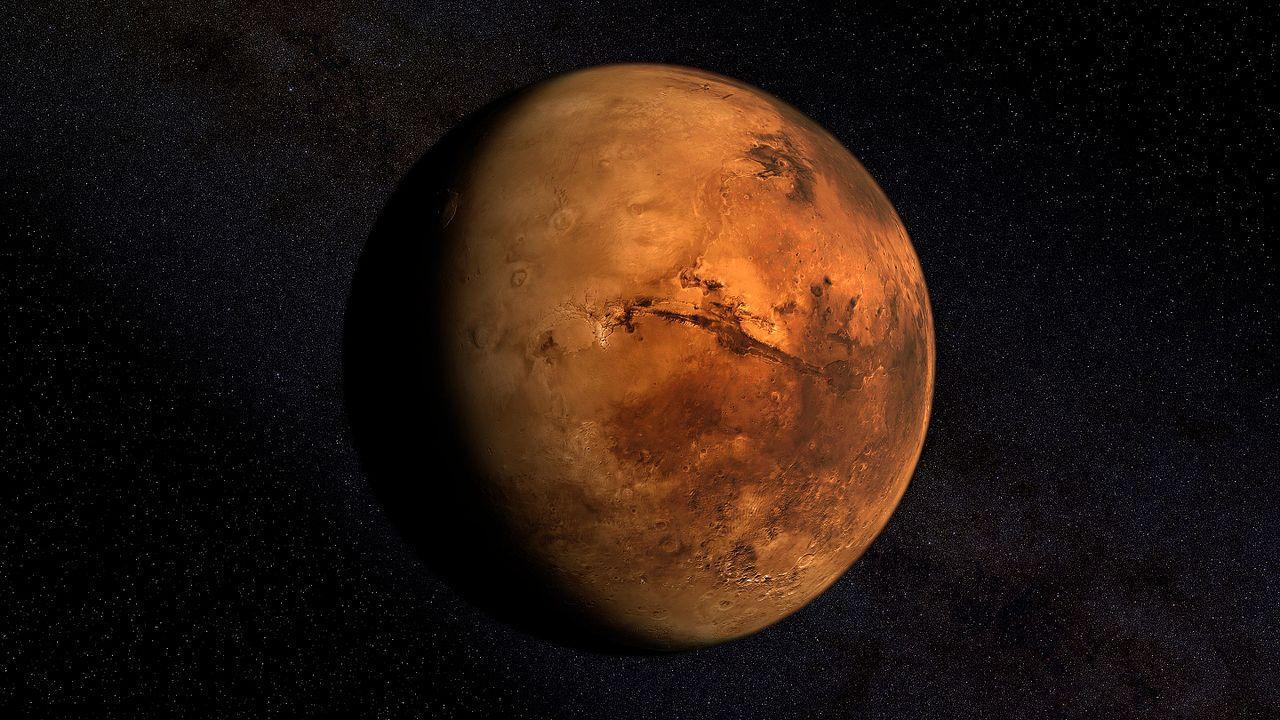
Source: Wikimedia
The frost deposits were only recently detected because they form during the early morning and colder months, creating a narrow observation window.
Difficult to Harvest for Human Use
However, Valantinas mentioned that harvesting this frost for human use would be challenging due to its thin, ephemeral nature, as it sublimates back into the atmosphere by midday.
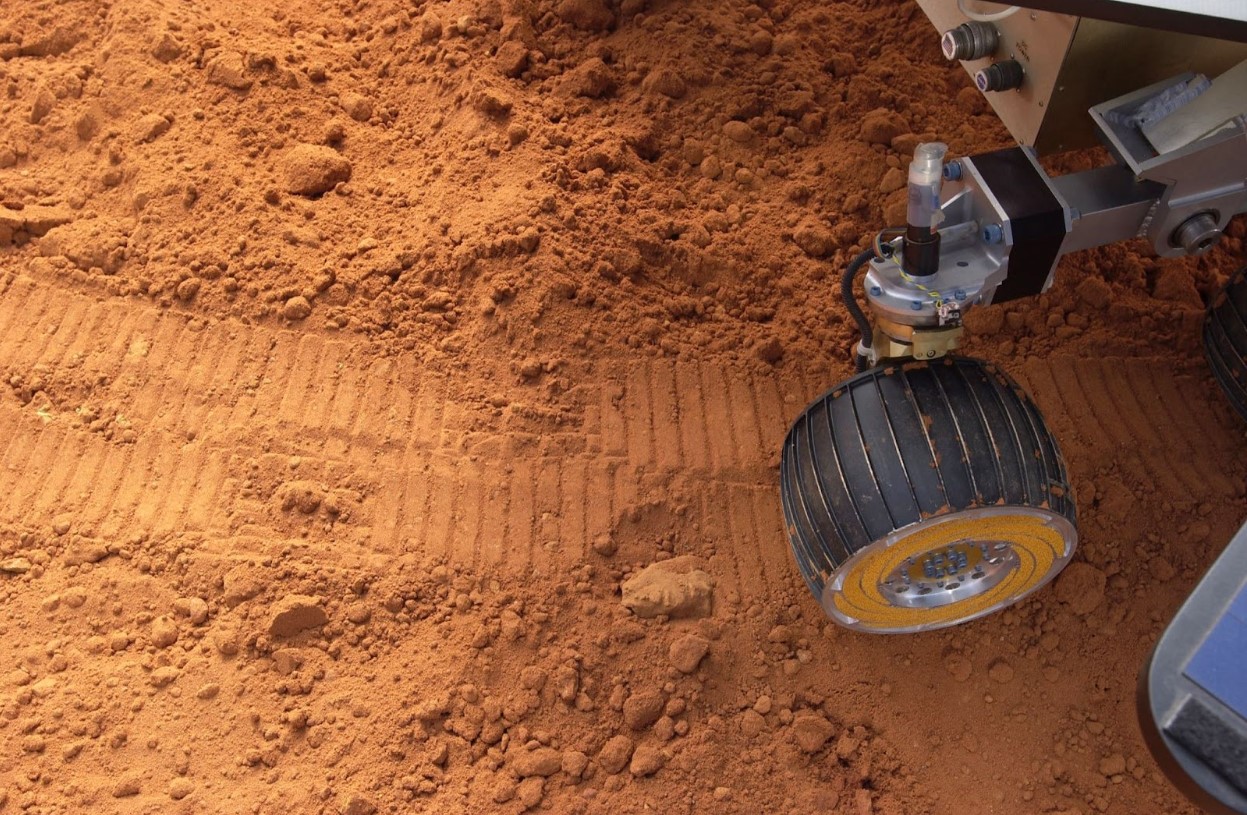
Source: Handout/Getty Images
The volcanoes’ proximity to the Martian equator, the planet’s warmest region, makes the water discovery particularly intriguing.
Glaciers May Have Existed in the Past
“Mars is a desert planet, but there’s water ice in the polar caps and midlatitudes. Now we also have water frost in the equatorial regions, which are generally quite dry. This was quite unexpected,” Valantinas said.
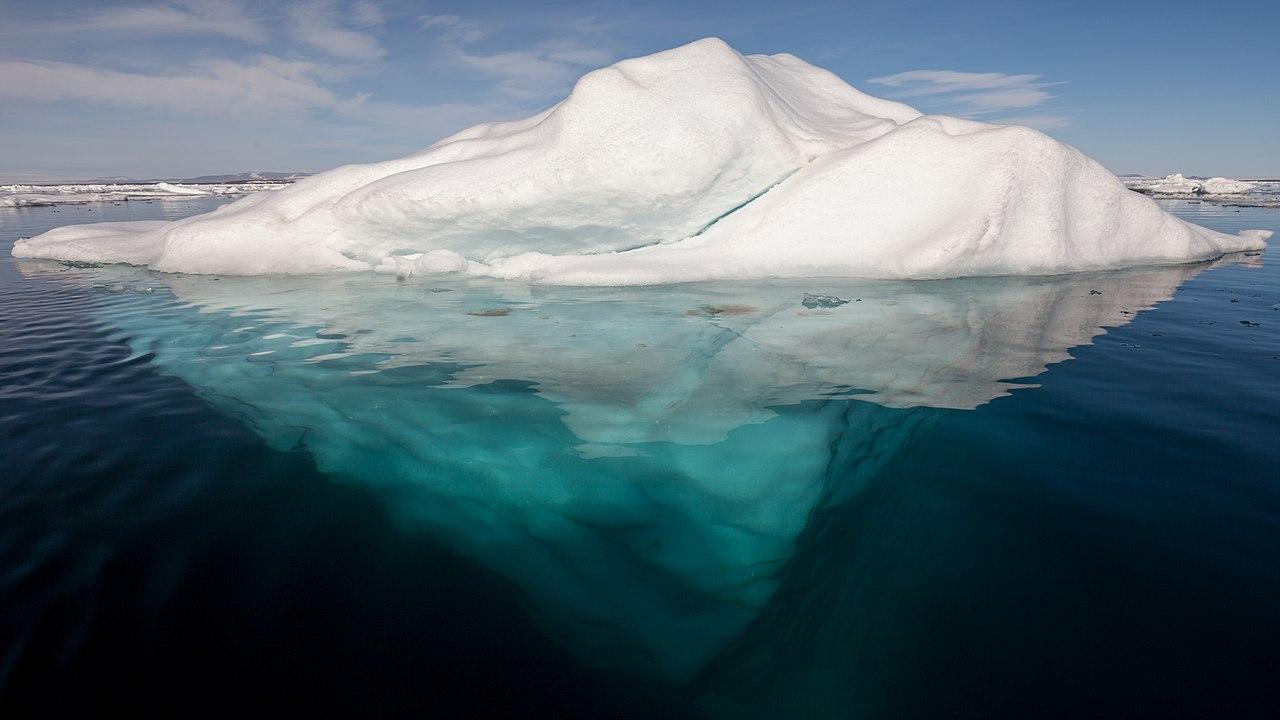
Source: Wikimedia
He suggested that when Mars had a thicker atmosphere and a different climate, glaciers might have existed on these volcanoes.
Future Research on Mars
The team aims to extend their search for frost to all named volcanoes on Mars.
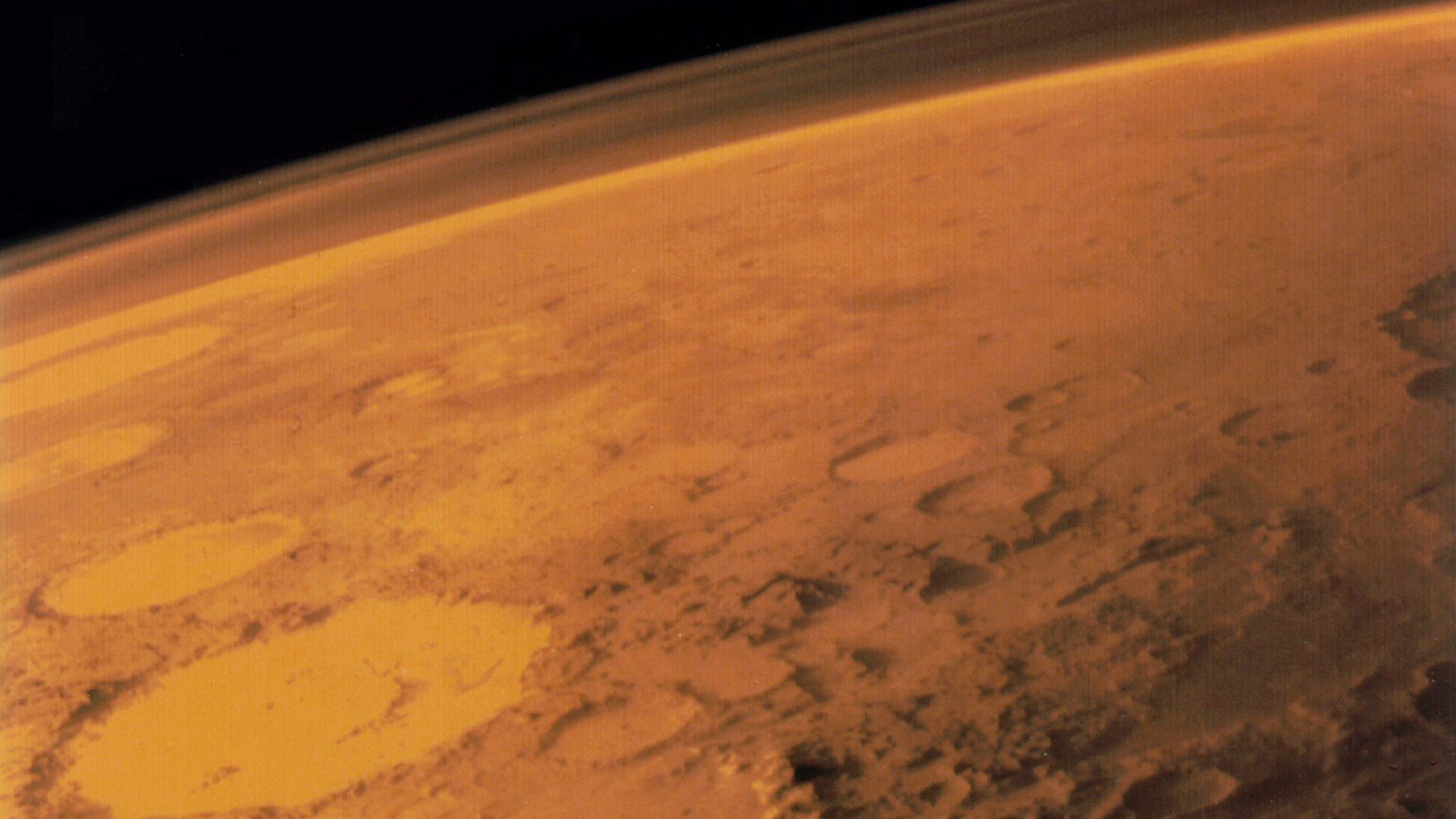
Source: NASA/Wikimedia Commons
Understanding the Martian water cycle is crucial for future human exploration, noted John Bridges, a planetary sciences professor at the University of Leicester, UK, who was not involved in the study.
“Fantastic use of CaSSIS Camera”
He praised the study as a “fantastic use of the CaSSIS camera,” describing the results as a “notable achievement.”

Source: Public Domain/Wikimedia Commons
J. Taylor Perron, a professor at the Massachusetts Institute of Technology, also unaffiliated with the research, pointed out the difficulty of studying Mars’ now-dormant water cycle.
Questions on Origin of Water Vapor
“If the frost on these volcanoes is confirmed to be water (and not carbon dioxide), it would be surprising,” he said.

Source: Freepik
Perron highlighted that Mars is generally cold and dry, with the equator being drier and less cold than the poles. Discovering water frost in this region raises questions about the origin of the water vapor—whether it emanates from the volcanoes or travels from distant polar ice caps.
